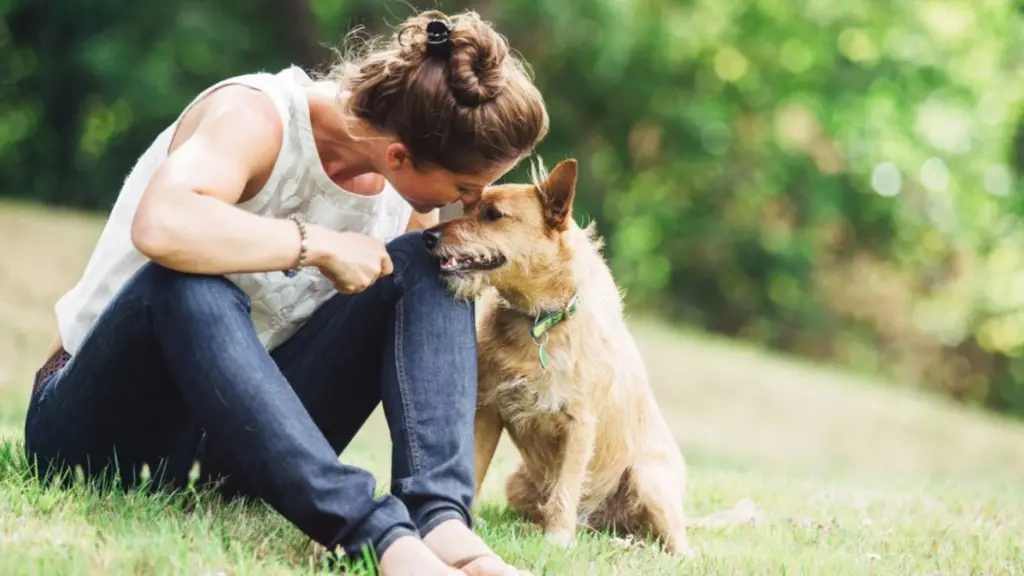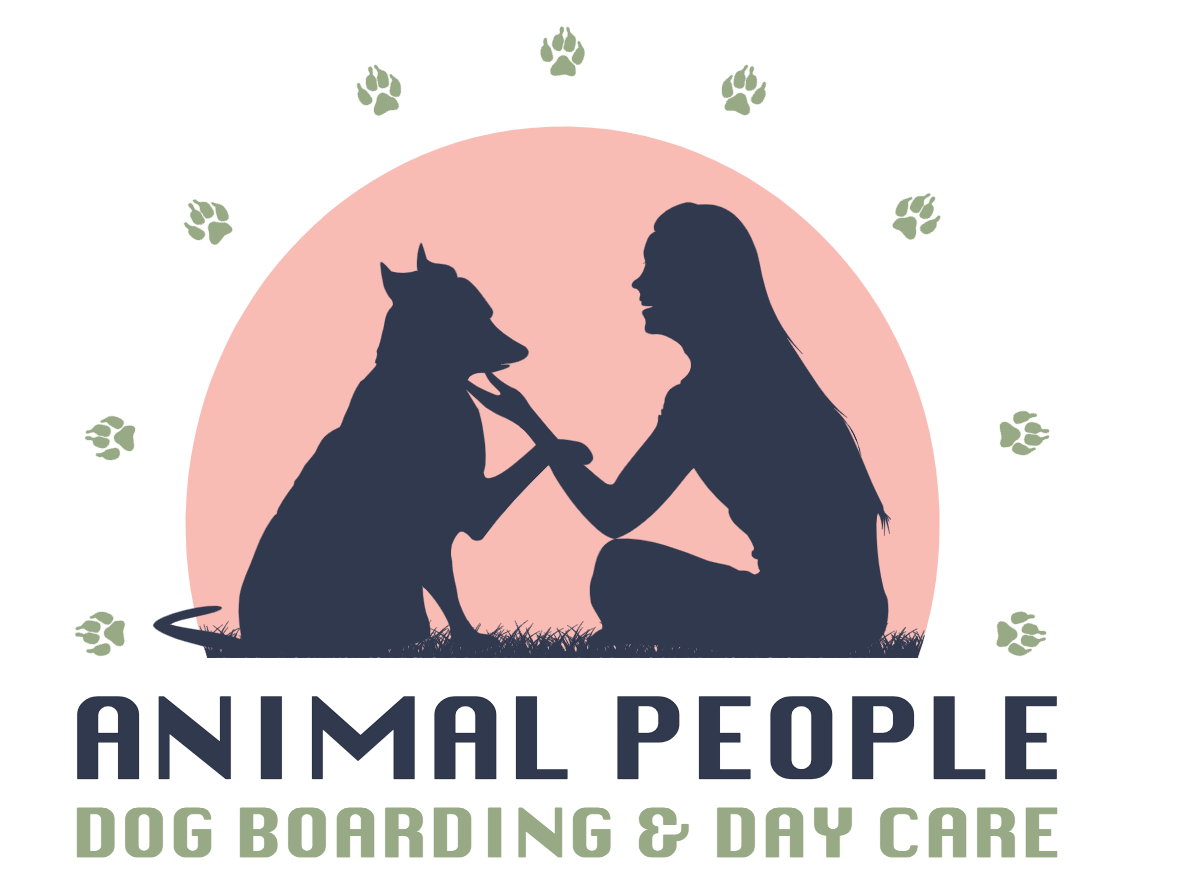Does Bone Chewing Help with Weight Loss for Dogs?

For many dog owners, managing their furry friend’s weight is a top priority. As pet obesity becomes increasingly common, finding effective and engaging ways to help dogs stay active and healthy is crucial. One method often discussed is whether bone chewing can aid in weight loss for dogs. Let’s chew over the facts and explore how bone chewing might influence your dog’s weight management.
What Does Chewing Do for Dogs?
Chewing is a natural behavior for dogs. It’s not only essential for dental health but also serves as a mental stimulant. When dogs chew, they release pent-up energy and reduce stress, which can indirectly help manage behavior that might lead to overeating. But how does this activity potentially affect their weight?
The Caloric Burn of Chewing
Chewing bones is, surprisingly, a form of physical exercise. While it doesn’t compare to the calories burned during a walk or a game of fetch, it still helps. The act of gnawing on a bone involves several muscle groups, including the neck, jaw, and sometimes the paws and legs as dogs hold the bone in place. This activity can help increase their overall daily calorie expenditure, albeit modestly.
Mental Stimulation and Appetite Control
Chewing can also be mentally exhausting for dogs. Engaging their brain for an extended period can lead to a form of mental fatigue that makes them less likely to engage in behaviors associated with boredom, such as excessive eating.
Additionally, the act of chewing releases endorphins, similar to what humans experience during exercise, which can lead to a more relaxed and satisfied state, potentially curbing the urge to overeat.
Satiety
The act of gnawing can make a dog feel fuller. This could potentially reduce the overall amount of food they consume, helping to control weight.
The Role of Bone Chewing in a Weight Management Plan
While bone chewing can contribute to a dog’s overall activity level, it’s important to understand its role within a broader weight management strategy. Here’s how it fits into the puzzle:
It’s Only a Part of the Solution
Bone chewing should not be viewed as a primary method for weight loss. It can support weight management efforts by keeping your dog busy and slightly increasing calorie burn, but it won’t replace the need for regular, vigorous exercise and a balanced diet.
Choosing the Right Bones
Not all bones are suitable for all dogs, and the wrong type can lead to more harm than good. Here’s how to make a safe choice:
- Edible vs. Non-Edible: Edible bones, like chicken or turkey necks, are meant to be chewed and digested. Non-edible bones, made of nylon or hardened rubber, are designed for chewing but not eating.
- Size Matters: The bone should be large enough to prevent your dog from swallowing it whole, which can lead to choking or intestinal blockages.
- Avoid Cooked Bones: Cooked bones, especially those from poultry, can easily splinter and cause internal damage or blockages.
Dietary Considerations
Incorporating bones into your dog’s routine should be done thoughtfully, especially considering their entire diet. Bones are not calorie-free, especially if they still contain marrow or other tissue. Always account for these when calculating your dog’s daily caloric intake to avoid accidental overfeeding.
Potential Risks to Watch Out For
While there are benefits to letting your dog chew on bones, there are also risks involved that every pet owner should be aware of:
Dental Dangers
Hard bones can sometimes cause dental fractures. Watching out for signs of dental distress and opting for safer, vet-approved chew toys or treats might be necessary, especially for dogs with existing dental issues.
Digestive Issues
Bones can pose a risk to your dog’s digestive system. Fragments can cause blockages or injuries to the gastrointestinal tract. It’s crucial to choose bones that are made specifically for dogs, as cooked bones from your kitchen can easily splinter and cause internal damage.
Healthy Alternatives to Bone Chewing
If you’re concerned about the risks associated with bone chewing, consider some healthier alternatives that can also contribute to weight management:
- High-Quality Chew Toys: These can provide the same mental and physical benefits without the risks associated with real bones.
- Interactive Toys & Puzzles: Puzzle feeders or toys that encourage physical activity can also help burn calories and keep your dog’s mind engaged.
- Regular Exercise: Nothing beats good old-fashioned exercise. Regular walks, runs, or play sessions are vital for keeping your dog healthy and managing their weight.
- Combine with Other Activities: For effective weight management, combine bone chewing with other forms of exercise and play. Diversity in activities can help keep your dog engaged and active.
Bone chewing can play a small role in your dog’s weight management strategy by providing some physical exercise and mental stimulation. However, it’s crucial to approach this practice with caution, considering both the benefits and the risks. Always prioritize a balanced diet and regular exercise as the cornerstones of keeping your dog healthy and managing their weight effectively. For specific concerns or more tailored advice, consulting with a veterinarian is always the best course of action.
Give Your Dog a Healthy, Engaging Way to Manage Their Weight
At Animal People Dog Boarding & Day Care, we understand how important it is to keep your furry friend healthy and active. If you’re looking for a place where your dog can get plenty of exercise and mental stimulation, consider our dog boarding and daycare services. Our team is dedicated to providing a safe and engaging environment for your pet.
Give us a call at (980) 272-6067 or visit our website to learn more!
